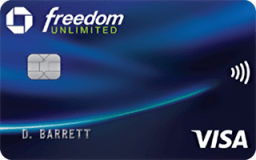Interest charges can quickly make your credit card more costly than convenient, but avoiding them is entirely possible with the right approach. By applying these methods, you can effectively manage your credit card and keep your finances in check.
Paying off your balance in full each month is the most straightforward way to prevent interest from accruing. You can also take advantage of 0% APR offers for large purchases or balance transfers and make multiple payments each month to reduce your average daily balance. Timing your purchases and setting up payment reminders are additional strategies to help you stay interest-free.
The following 10 strategies will help you prevent unnecessary interest charges and leverage your credit card as a true financial asset.















